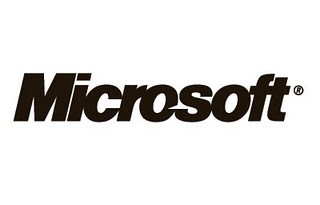On Thursday, as part of the ritual of advance notification, Microsoft announced its plans to address 57 security vulnerabilities within Windows, Internet Explorer, and Office. Of the 12 bulletins that are addressing the fixes, five are critical while the rest are ranked as important.
Tuesday’s pending security cycle means that some IT teams will be busy, due to the large amount of fixes to be deployed. Yet, the release is both a blessing and a curse it seems.
 “It’s good because administrators probably don’t have to worry about applying multiple patches for the same advisory to a single host. It’s bad because an organization with even the simplest deployment of Microsoft products will probably be hit by all of these advisories, meaning their desktop and server teams will be extra busy,” explains Rapid7’s Senior Manager of Security Engineering, Ross Barrett.
“It’s good because administrators probably don’t have to worry about applying multiple patches for the same advisory to a single host. It’s bad because an organization with even the simplest deployment of Microsoft products will probably be hit by all of these advisories, meaning their desktop and server teams will be extra busy,” explains Rapid7’s Senior Manager of Security Engineering, Ross Barrett.
“The exceptions to the OS vulnerability trend are bulletins 4, which applies to MS Exchange 2007, and 2010 and bulletin 5, which applies to Microsoft FAST Search Server 2010. Bulletin 4 (affecting Microsoft Exchange) is listed as critical, which could mean it is something that a malformed email message would trigger,” Barrett explained. “If so, this will be the most directly exploitable of the advisories and should be a top priority.”
Internet Explorer has two bulletins, both rated critical, that address vulnerabilities within versions 6-10 of Microsoft’s browser. “One can never under estimate the importance of browser patching. Hopefully Microsoft is getting these patches out ahead of public exploitation,” Barrett adds.
“This month we see some significant vulnerabilities with the potential to create a formidable one-two punch, which could be key to hackers unleashing powerful attacks,” said Alex Horan, senior product manager at CORE Security.
All in all, Tuesday is shaping up to be a busy day. IT teams are likely to address the critical patches first, again especially since they are centered on core services. The other less-important patches, found within Office, .NET, and Microsoft Server Software, are equally important, but time isn’t a luxury unfortunately.
“When these exploits are used in the right combination, the effects can mean big headaches for system administrators,” Horan added.
“Bulletins 1 & 2 target all versions of Internet Explorer on essentially all versions of Windows platforms, so it’s pretty much one-hack fits all in the Windows environment for attackers,” Horan said. “I expect a lot of interest in developing a working exploit for this vulnerability. Bulletins 7,8 and 9 seem to target the same underlying systems as Bulletins 1&2, which means hackers could phish users and then leverage 7, 8 and 9 to get SYSTEM level control of their machines. That is essentially a worst case scenario and a potential knockout punch for security personnel.”
Microsoft will begin pushing patches at 1:00 p.m. EST on Feb. 12. Full details on the advanced notification can be obtained here.














